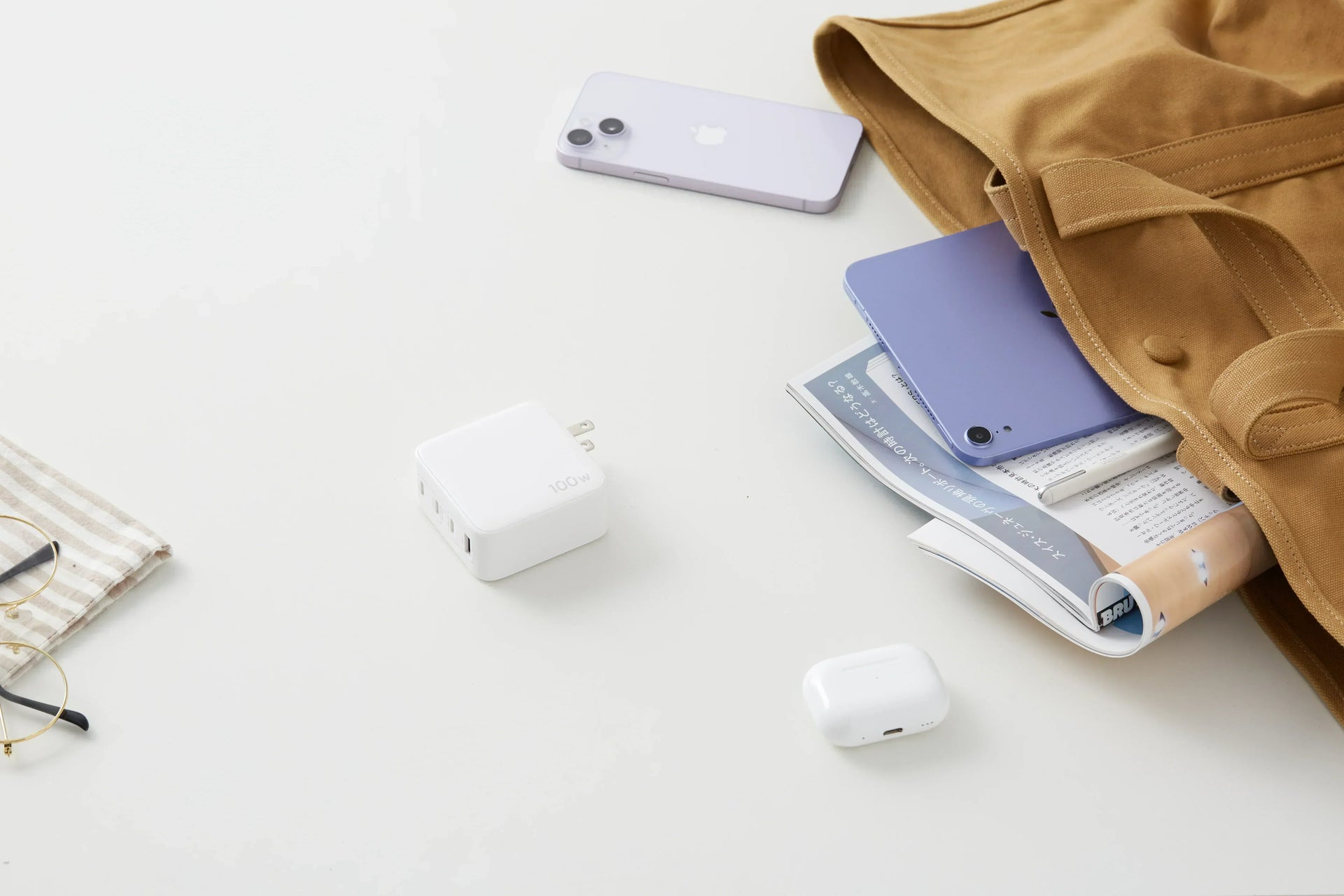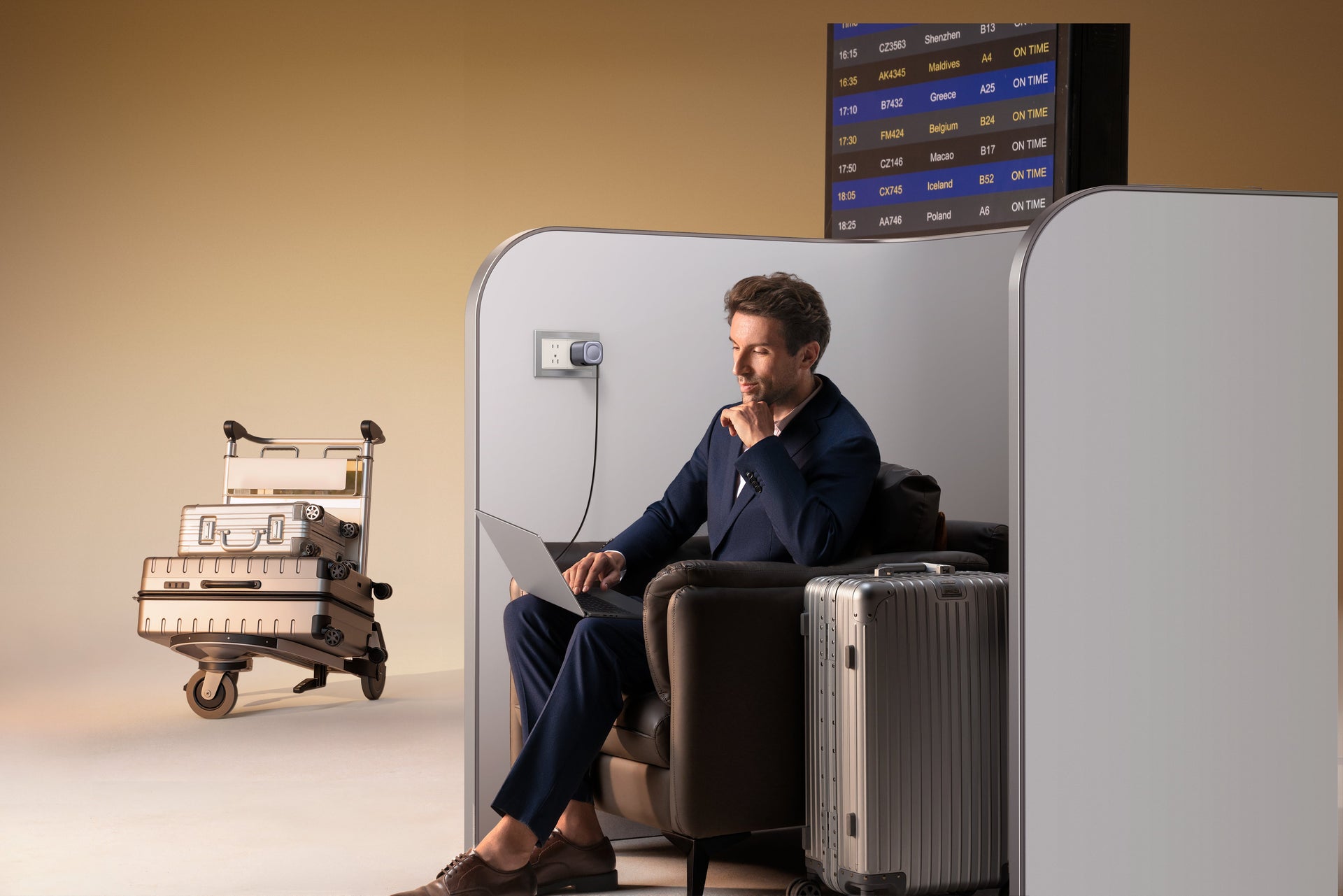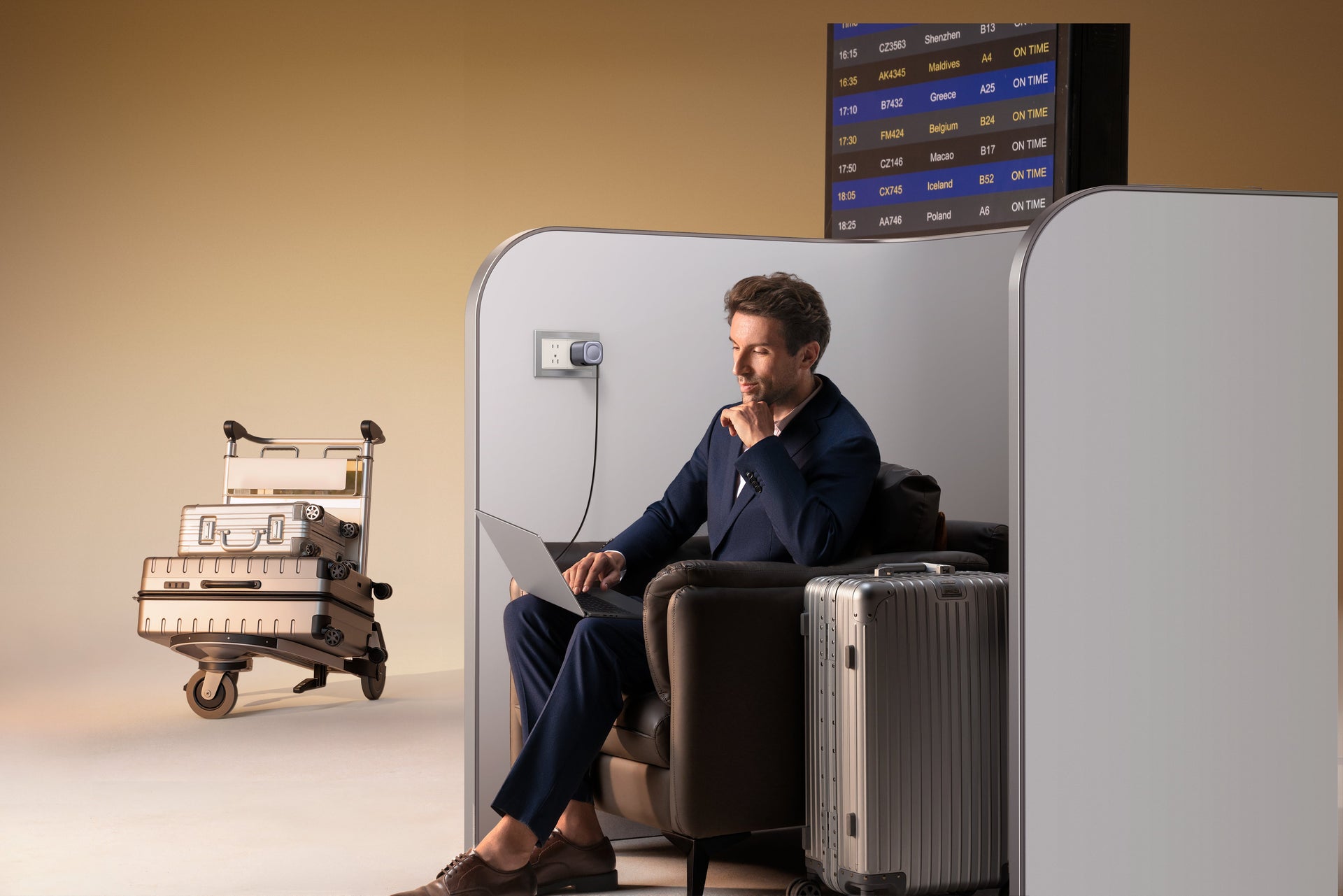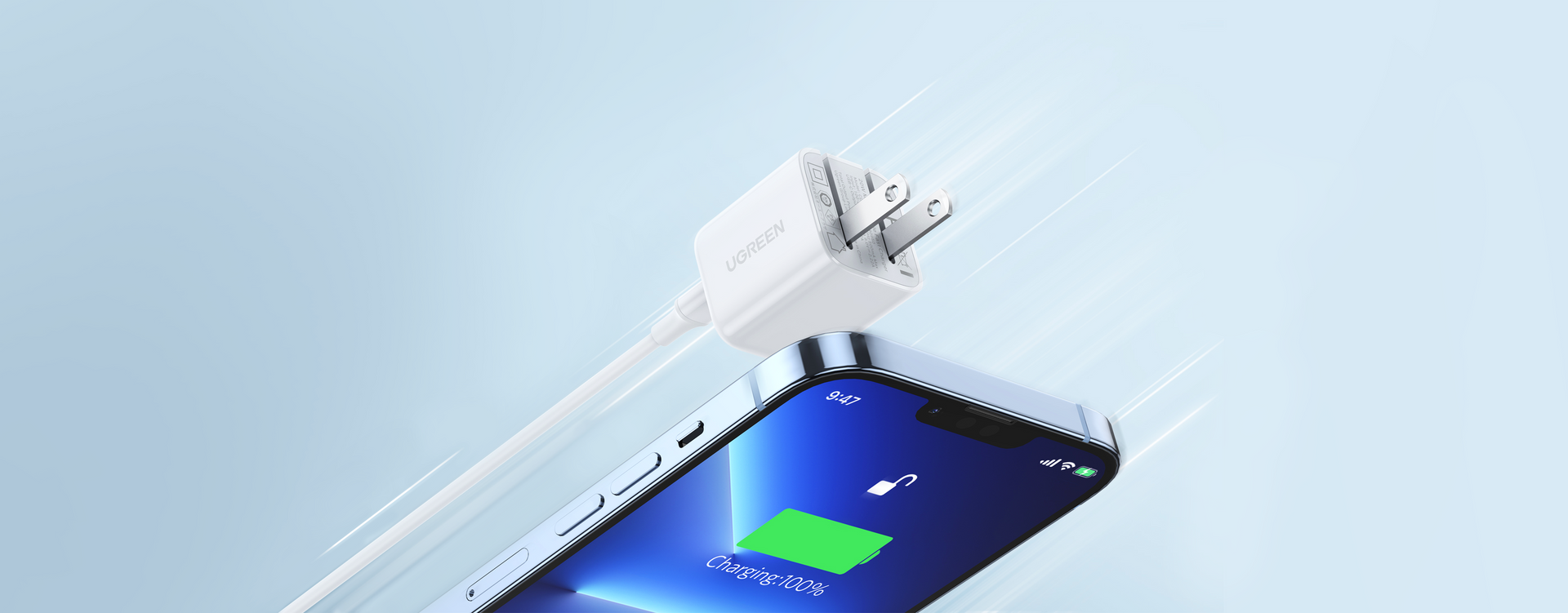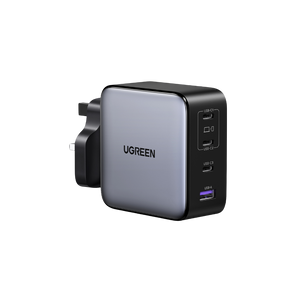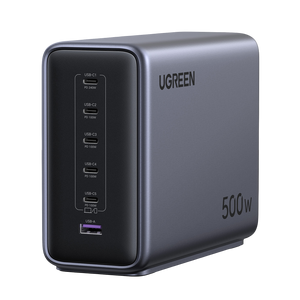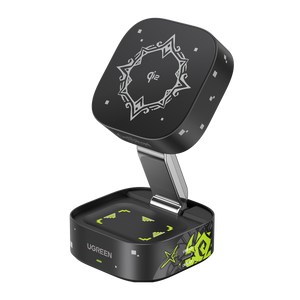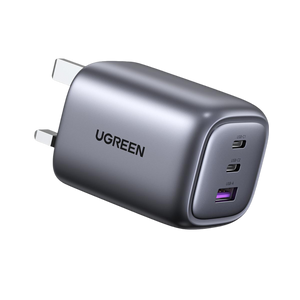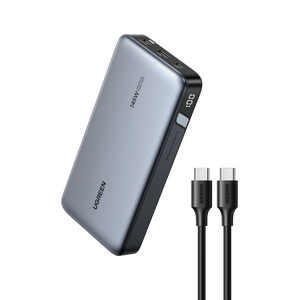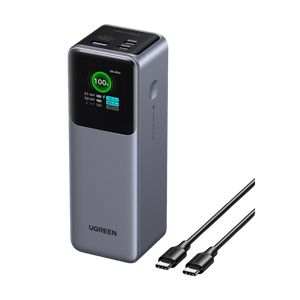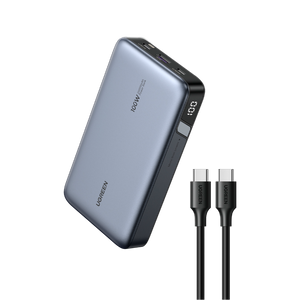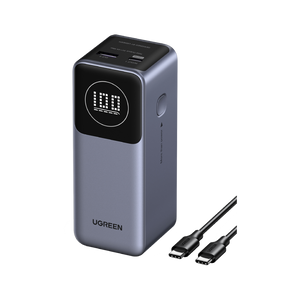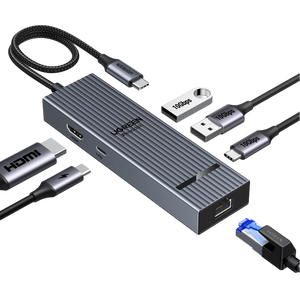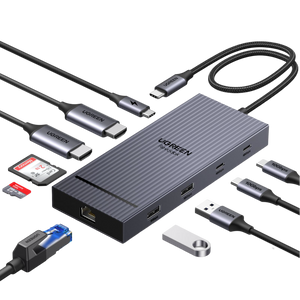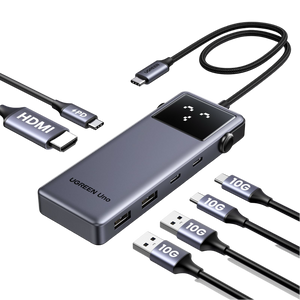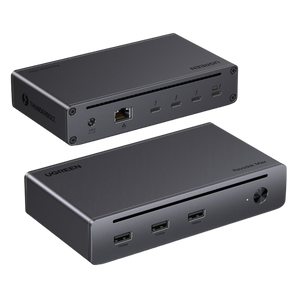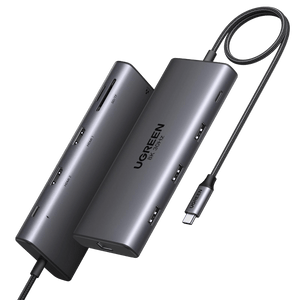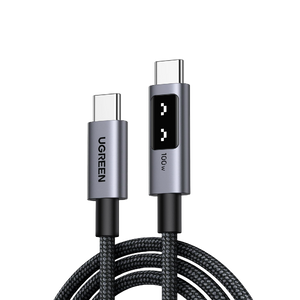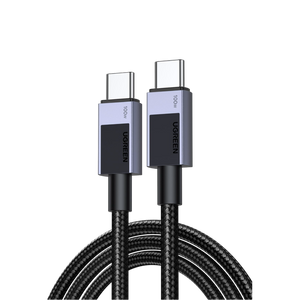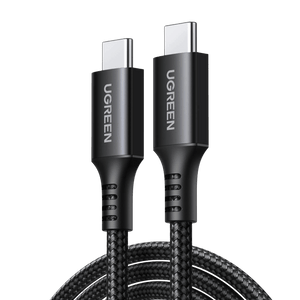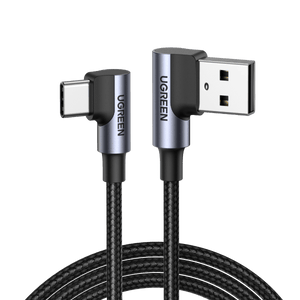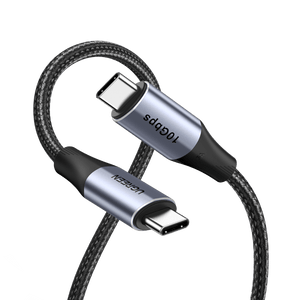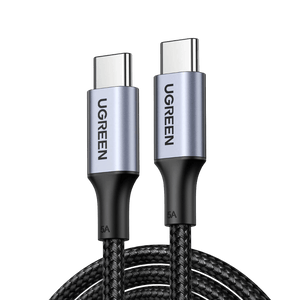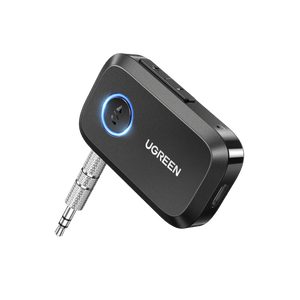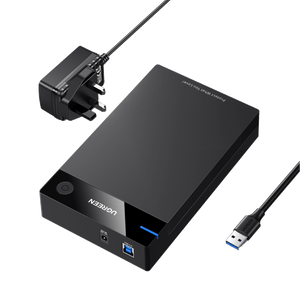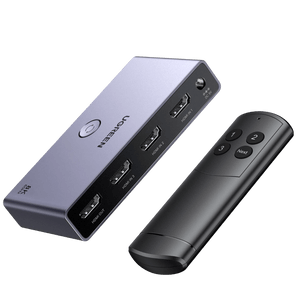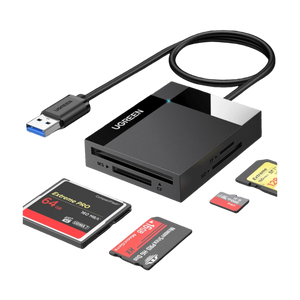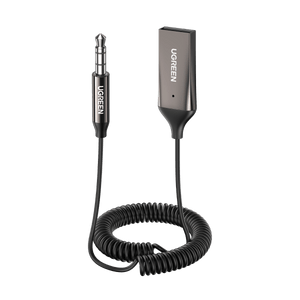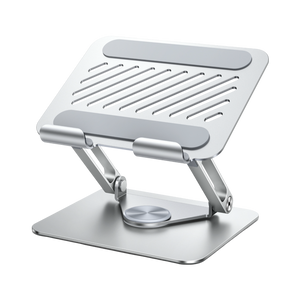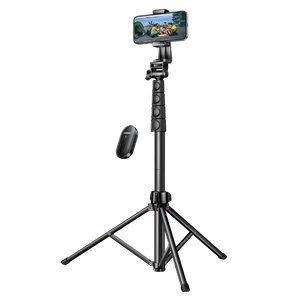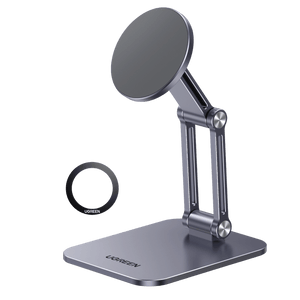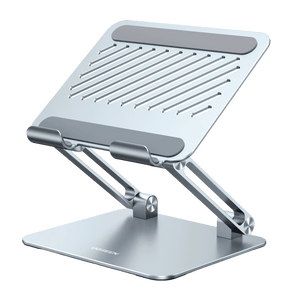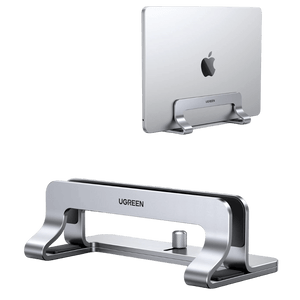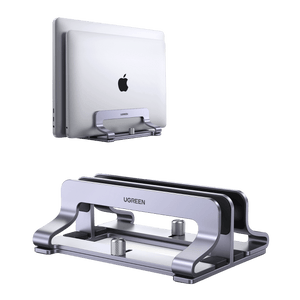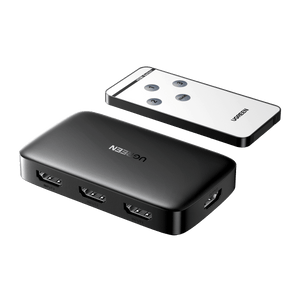MagSafe vs Lightning: 12 Key Differences You Need to Know in 2025
For iPhone users, choosing between Lightning and MagSafe isn’t just about charging, it’s about how we interact with our devices. Lightning is familiar, while MagSafe offers the promise of a cleaner, wireless future. As Apple shifts toward a portless design and wireless accessories become more common, many are wondering which option better fits their habits and needs. This article breaks down 12 key differences between the two, helping you decide not just what works, but what works best for you.
What are MagSafe and Lightning?
Before we go into the differences, it’s important to know how each technology came to be. The iPhone 5 came out in 2012 with Lightning, which was a big deal in its own right. It was a small, reversible 8-pin connector that replaced the large 30-pin dock connector that came before it. For more than ten years, it was the standard for iPhones, iPads, and many other accessories.

MagSafe is a newer feature on the iPhone (it came back in 2020 with the iPhone 12), although it has a long history. The name came from the popular magnetic charging connector on MacBooks that prevented many laptops from falling and breaking.
MagSafe for iPhone nowadays is a whole different thing. There is a ring of magnets inside the rear of the phone that is built around the Qi wireless charging coil. The magnetic ring makes sure that the device lines up perfectly with a compatible MagSafe charger, which improves charging stability and opens the door to a whole ecosystem of snap-on accessories, from MagSafe wallets to magnetic power banks.

MagSafe vs Lightning: What Sets Them Apart
For one to really understand why consumers choose either of these chargers, one has to look beyond just the act of charging. Their differences affect almost every part of the user experience. Here’s a list of what makes them different.
| Dimension | MagSafe | Lightning | Winner |
|---|---|---|---|
| 1. Charging Speed | Up to 25W (iPhone 16 series only, requires a 30W or higher USB‑C adapter; older models are still limited to 15W), less efficient due to wireless loss. | Up to 20W via cable, fast and stable. | Tie |
| 2. Ease of Use | Magnetic alignment, can use while charging. | Easy to plug, but limits mobility. | MagSafe |
| 3. Portability | Slightly bulky due to magnets. | Compact and easy to carry. | Lightning |
| 4. Ecosystem Compatibility | Works with accessories like wallets, stands. | Widely supported on older devices. | Tie |
| 5. Durability | No wear from plugging/unplugging. | Prone to fraying and port damage. | MagSafe |
| 6. Future-Proofing | Aligned with Apple’s wireless future. | Being phased out in favor of USB-C. | MagSafe |
| 7. Battery Health Impact | Generates more heat, potentially affects longevity. | Cooler and more stable charging | Lightning |
| 8. Safety & Interference | May affect cards, medical devices (magnets). | Physically stable, no magnetic risk. | Lightning |
| 9. Environmental Sustainability | Fewer cables, better recycling potential. | More cable waste, less eco-friendly. | MagSafe |
| 10. Cost (Short vs Long-Term) | Higher initial cost, but reusable. | Cheaper upfront, but wears faster. | Tie |
| 11. USB-C Compatibility | Already uses USB-C power input | Being replaced by USB-C entirely. | MagSafe |
| 12. Accessory Innovation | Supports 3-in-1 stations, modular accessories. | Limited accessory types. | MagSafe |
Comparison Summary:
The comparison shows that there is a clear difference in philosophy. For most older iPhone models, Lightning remains the best choice for raw power delivery because it is faster, more efficient, and easier to carry around. However, starting with the iPhone 16 series, MagSafe chargers can reach up to 25W with a 30W or higher USB‑C power adapter, making them the faster option on those devices. MagSafe also puts convenience, future‑readiness, and a wider range of interactive accessories in an important position. The “winner” in each category ultimately depends on what the user values most in that situation.
How to Make Your Decision: MagSafe or Lightning?
If the table above makes one thing clear, it’s that choosing between MagSafe and Lightning isn’t about finding the single “best” option—it’s about picking the right tool for how you actually use your phone.
For most older iPhone models, Lightning is still the fastest way to charge. Pair a 20W adapter with a Lightning cable and you can boost your battery from 10% to 50% in roughly 20 minutes. This makes it ideal for power users or anyone who needs a quick top‑up before heading out. It also runs cooler and keeps charging more thermally stable, which helps maintain long‑term battery health.
Starting with the iPhone 16 series, however, MagSafe has stepped up: when used with a 30W or higher USB-C power adapter, it can hit up to 25W, making it the fastest wireless charging method for those devices. On most other iPhones, MagSafe still caps out at around 15W, which is slower than a cable but offers a different kind of benefit.
MagSafe’s real strength lies in convenience and design. The magnetic snap ensures perfect alignment every time, and the expanding ecosystem of accessories (wallets, stands, car mounts) turns it into more than just a charger. It’s a sleek, modern option for anyone who values a tidy workspace, hands‑free setups, or the ease of just setting their phone down to charge without fiddling with a cable.

The Best Option: Use Them Both
For many people in 2025, the ideal approach is to use both charging methods according to the situation:
- Lightning for Speed: Keep a USB-C to Lightning cable and a 20W power adapter handy if you have a Lightning-based iPhone. This lets you quickly charge when you’re short on time—such as in the office or kitchen. For iPhone 15 and later models that use USB-C, a USB-C to USB-C cable and compatible adapter will serve the same purpose.
- MagSafe for Convenience: Use a MagSafe charger on your bedside table or desk to easily charge overnight or while working. The magnetic snap ensures perfect alignment every time.
- Power on the Go: A small MagSafe power bank is more convenient on the move than dealing with cables and traditional power banks.
Ultimately, choosing between MagSafe and Lightning (or USB-C) depends on your device, charging habits, and what you value most. Is it speed, convenience, or ecosystem versatility?
Common Misconceptions About MagSafe and Lightning
People often confuse a lot of facts when they talk about these two technologies. Let’s clear a few of them up.
Myth #1: MagSafe Charges Faster Than Lightning
The Truth: On most current iPhones, that’s still not true. Lightning wired charging can reach around 20 W, while standard MagSafe is limited to about 15 W. However, the gap is narrowing. The iPhone 16 series already supports MagSafe charging up to 25 W when paired with a second‑gen MagSafe charger and a 30 W or higher USB‑C power adapter.
Myth #2: You Can’t Use Your Phone While Charging with MagSafe
The Truth: While it’s true that some magnetic pads lie flat and make using your phone awkward, many MagSafe docks, stands, and portable chargers are designed with ease of use in mind, even while charging.
Myth #3: MagSafe Ruins Your Battery
The Truth: Apple’s thermal protections and battery optimisation features ensure that MagSafe charging doesn’t harm your device any more than a traditional cable would.
Myth #4: MagSafe Is Just for Charging
The Truth: Far from it. It’s an accessory standard that includes wallets, car mounts, stands, and modular kits. It provides more flexibility for creatives, travellers, or minimalist desk setups.
Myth #5: Lightning Is Being Discontinued Overnight
The Truth: While Apple is phasing out Lightning and phasing in USB-C, it remains deeply embedded in the Apple ecosystem, especially for older iPhones, AirPods, and third-party accessories. It’s not gone, just gradually fading.
Conclusion
The argument between MagSafe and Lightning isn’t so much a rivalry as it is a sign of a transition. Lightning represents the wired era: it’s fast, dependable, and easy to use, especially on older iPhones. MagSafe points toward the wireless future with its convenience, sleek design, and growing accessory ecosystem. In 2025, you don’t really have to pick a side. For most older models, a Lightning (or USB‑C) cable is still the quickest way to top up, while MagSafe offers effortless charging and versatility for daily use. The user who keeps a cable in their bag for speed and a MagSafe charger on their desk for convenience is currently in the best position to enjoy both worlds.
